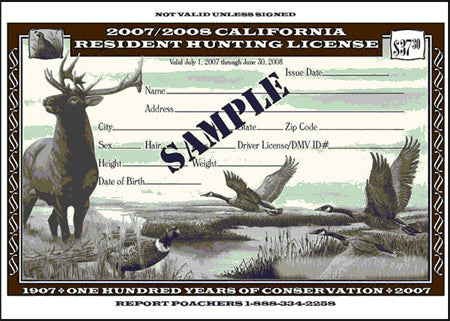Ghillie Suit Shop Blog RSS
What to do in case of a hunting accident.
4. Divide tasks
To take care of an injured person is not an easy task; so divide responsibilities among your hunting team members. At least one person must contact emergency services and search for external help, after all, only thing you can do is to provide basic support out in the field; so moving the victim towards a health care facility must be the final step and external help will be required.
Meanwhile, another person must Secure the Area, especially in case of an injured animal near the victim. Finally one or more people must provide basic first aids.

5. Determine victim's consciousness and general health status
Once the victim has been located and the area secured, it's time to check for general health status. First thing to do is to determine consciousness because an awake victim may provide more details about how he/she is feeling than an unconscious victim; furthermore, in case of conscience loss, it's possible to face also a cardiac arrest of respiratory fail; so next step is to evaluate vital signs.
6. Check vital signs
Almost simultaneously with the conscience evaluation, vital signs such as heart rate and respiratory rate must be taken. In case of cardiorespiratory arrest, begin CPR immediately.
Avoiding Hunting Accidents
1. Don't hunt alone
Even when enjoying the silence and feeling the adrenaline of a solo hunting; it's more probably to suffer an injury when hunting alone; especially on remote areas where help could take a little long to arrive. Group hunting keeps you safer because there's someone there to help you immediately and fund external support if necessary.
2. Follow safety measures
When moving around on a hunting area, never forget to use your orange vest; that's the only way other hunters have to make the difference between a game and a human being. So avoid to move on the bushes without your safety, orange vest.
3. Be care with your knife
Most of cuts and injuries are due to the skinning process; so take your time and do it properly to keep your hands safe. If you are not familiar with the skinning technique, find help from a experienced hunter in order to properly skin your game without harming yourself.
Requirements for a U.S. hunting license
How much to pay will depend of the season, residence status, game and many other variables.
other variables.
Most of licenses are issued annually and must be renewed year after year; however some specific hunting permissions are limited to a specific season while some others are specific for certain areas. It's important to know that no hunting license implies authorization to hunt on private lands; thus if you are planning to hunt on those lands, owners signed permission is mandatory.
Importance of a huting license in U.S.
Hunting licenses as well duck stamps may be purchased on retail stores dedicated to hunting goods and fishing equipments such as sport goods stores. Local requirements and regulations may vary from state to state, so it's necessary to access the state and Fishing and Wildlife service website to be aware of regulations,  requirements and applicable taxes not only for hunters, but also for equipment and hunting gear.
requirements and applicable taxes not only for hunters, but also for equipment and hunting gear.
It's important to know that most of licenses need to be renewed annually and there are specific licenses, so if you purchase a deer license you can't go behind feral hogs; on this regard, each season and species may require a particular permission, then it's necessary to confirm on the website or your local retail store what can you hunt with a particular license.
Types of birds hunting decoys
Despite of the species, decoys come on three different sizes: regular, magnum and super magnum. The bigger the decoy is, better the visibility, however choosing the proper size is important as well mixing different decoy sizes, otherwise the result  will be "unnatural".
will be "unnatural".
Regarding materials, modern technology has lead to lightweight, realistic, thermoplastics built in decoys, which are most expensive but always available. Additionally it's possible to get old fashioned with wood decoys or use hard foam or cork decoys. Once again, proper mixing is the best guarantee of success.
Decoys may also be full bodies, shells or silhouettes. Experience says that not a single pattern works better alone, instead a mix of different decoy shapes is the best option.








